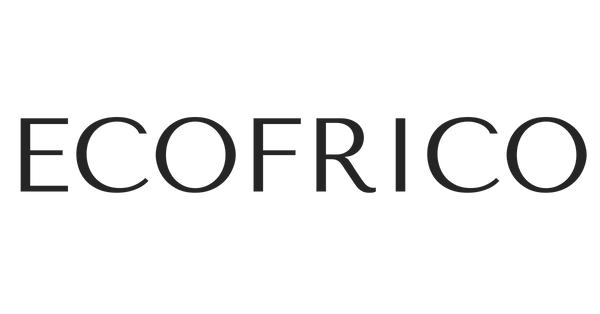How Are Hemp Bags Made?
Discover How Hemp Bags Are Made: Your Guide to Eco-Friendly Fashion

Hemp bags are becoming popular in eco-friendly fashion. Not only are these bags stylish, but they’re also good for the planet. Curious about how hemp bags are made? Let’s take a look at the process and see why hemp backpacks are a fantastic choice for you and the environment.
What is Hemp?
Hemp is an ancient plant used for thousands of years in textiles, food, and medicine. Unlike marijuana, hemp has very low levels of THC, so it’s safe and legal to use. Hemp grows quickly and needs few pesticides, making it a top choice for eco-friendly bags.
How Are Hemp Backpacks Made?
Here’s a simple breakdown of how hemp bags go from plant to product:
1. Cultivation
Hemp starts its journey in the fields. It grows quickly, reaching 10-15 feet tall in just a few months. Farmers use sustainable methods, which makes hemp a green choice for eco bags.
2. Harvesting
In late summer or early autumn, mature hemp plants are harvested. The stalks are cut and left to dry. This drying process, called retting, helps separate the fibres from the stalks.
3. Retting
Retting is essential for making hemp fabric. Natural bacteria and fungi break down the substances that hold the hemp fibres together. This can take several days to weeks, depending on the method used, such as water, dew, or mechanical retting.
4. Decortication
After retting, the dried stalks are decorticated to remove the outer bast fibers from the inner woody core. This can be done by hand or with machines. The bast fibres are cleaned to get rid of any impurities, preparing them for the next step.
5. Spinning
The cleaned fibres are spun into yarn or thread. This can be done with traditional spinning wheels or modern machines. Hemp yarn is strong and durable, perfect for making long-lasting hemp backpacks.
6. Weaving
The spun yarn is woven into fabric. This can be done by hand or with power looms. Hemp fabric is known for its strength, breathability, and natural resistance to mold and mildew.
7. Dyeing and Finishing
The hemp fabric can be dyed with natural or synthetic dyes. After dyeing, the fabric is finished to improve its texture and appearance. This might include softening the fabric or adding a protective coating.
8. Cutting and Sewing
The dyed fabric is cut into the shapes needed for bags. Skilled workers or machines sew the pieces together, adding features like zippers and straps to complete the hemp backpack or eco bag.
9. Quality Control
Before the hemp bags are sold, they go through quality control. This ensures each bag meets high standards for durability, functionality, and style. Any defects are fixed so that only the best bags reach you.
Why Choose Hemp Backpacks?
Hemp backpacks have many benefits:
- Sustainability: Hemp is a renewable resource that grows quickly and needs few pesticides.
- Durability: Hemp fibres are strong and last a long time, making your bag a good investment.
- Eco-Friendly Production: Making hemp fabric involves lower carbon emissions compared to other fabrics, which is better for the environment.
- Biodegradability: Hemp breaks down naturally, reducing landfill waste compared to synthetic materials.
Conclusion
The process of making hemp backpacks blends traditional methods with modern technology to produce eco-friendly accessories. By choosing hemp bags, you’re investing in a stylish, practical item that supports a greener future.
At Ecofrico, we’re proud of our hemp backpacks, produced ethically in Nepal and designed in India. Each item reflects our commitment to eco-friendly fashion. Explore our collection and join us in making a positive impact on the planet.
Learn more about The Ultimate Guide to Hemp Bags
Explore our Hemp Bags Collection
For Wholesale Inquiries click Wholesale Hemp Backpack Inquires
